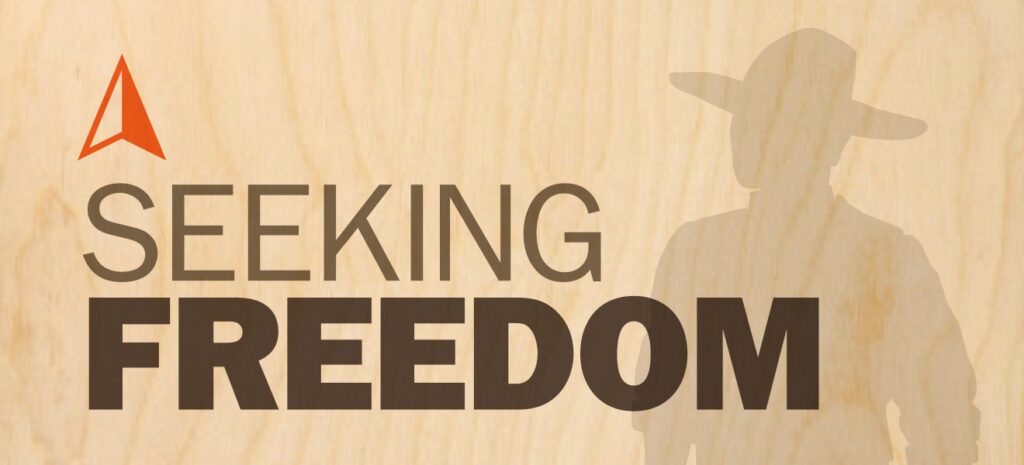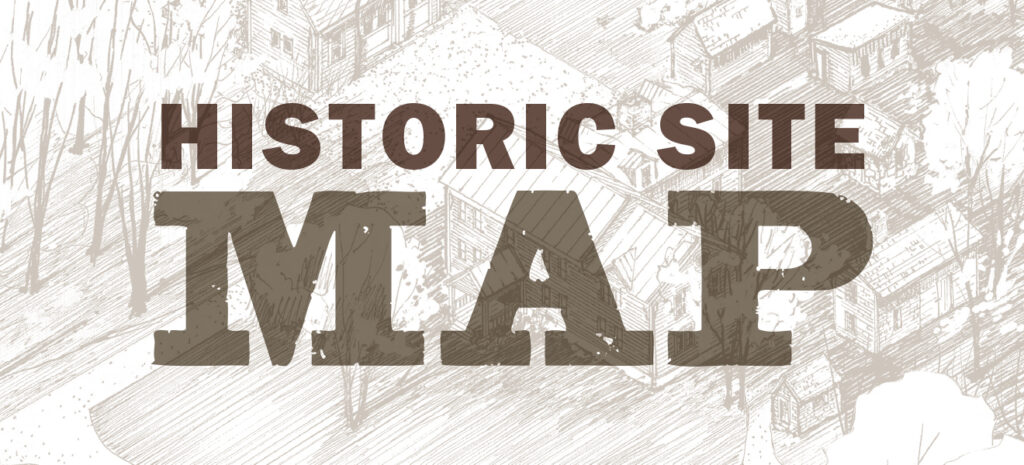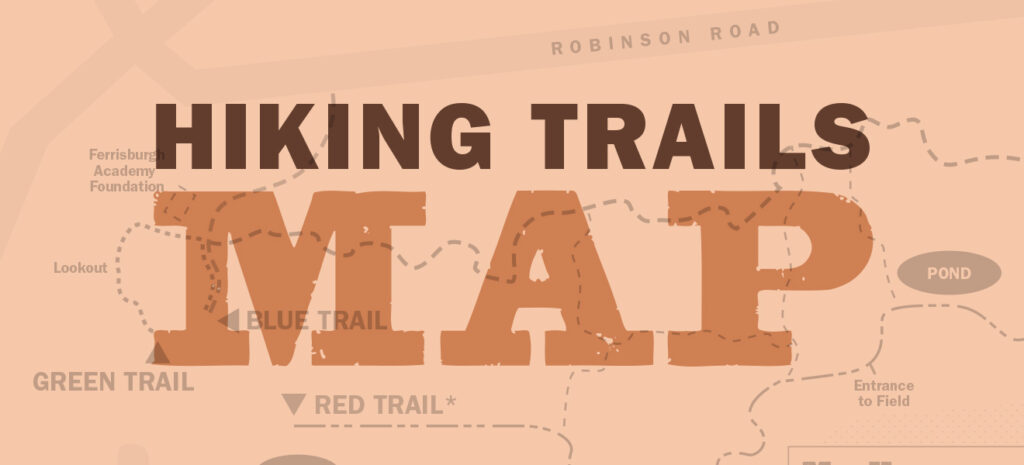Rokeby Museum Distance Drawing Course — Week 5: Self-Critique
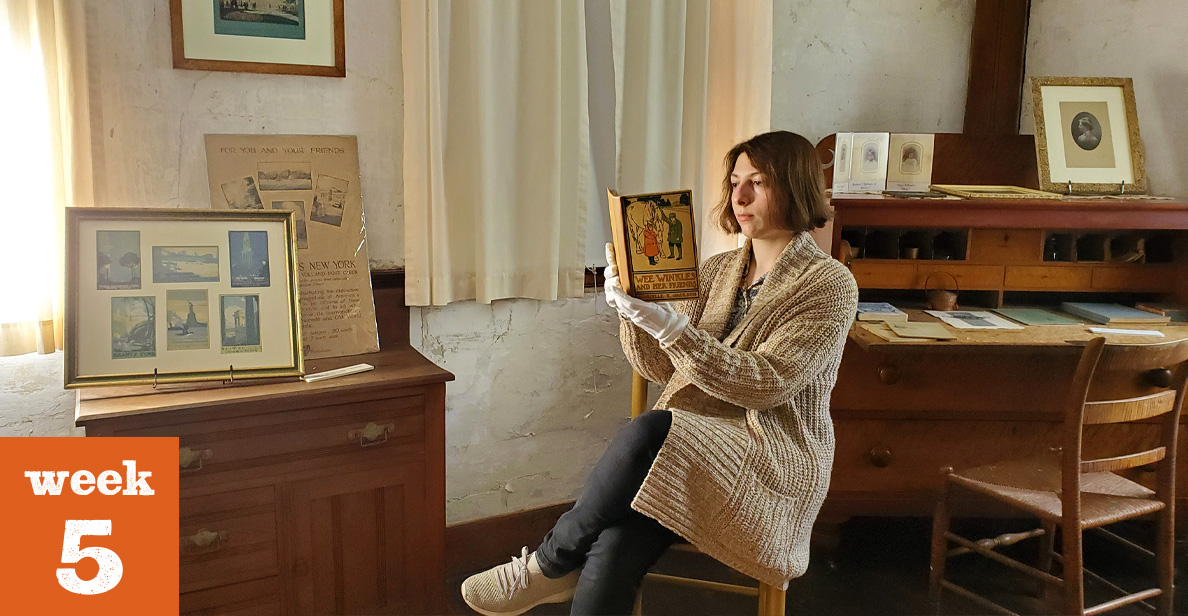
WEEK 1 | WEEK 2 | WEEK 3 | WEEK 4 | WEEK 5 | WEEK 6
Inspired by Rachael Robinson Elmer (1878–1919) and taught by Courtney Clinton, Rokeby Artist in Residence
Hello Students!
Allison Gregory here, Education and Interpretation Fellow at Rokeby Museum. So far, our distance drawing course has brought you an artist’s perspective on art history and drawing through the writing of Courtney Clinton, Ernest Knaufft, and, of course, Rachael Robinson Elmer. This week I would like to bring in a different perspective.
Read MoreRokeby Museum Welcomes New Director
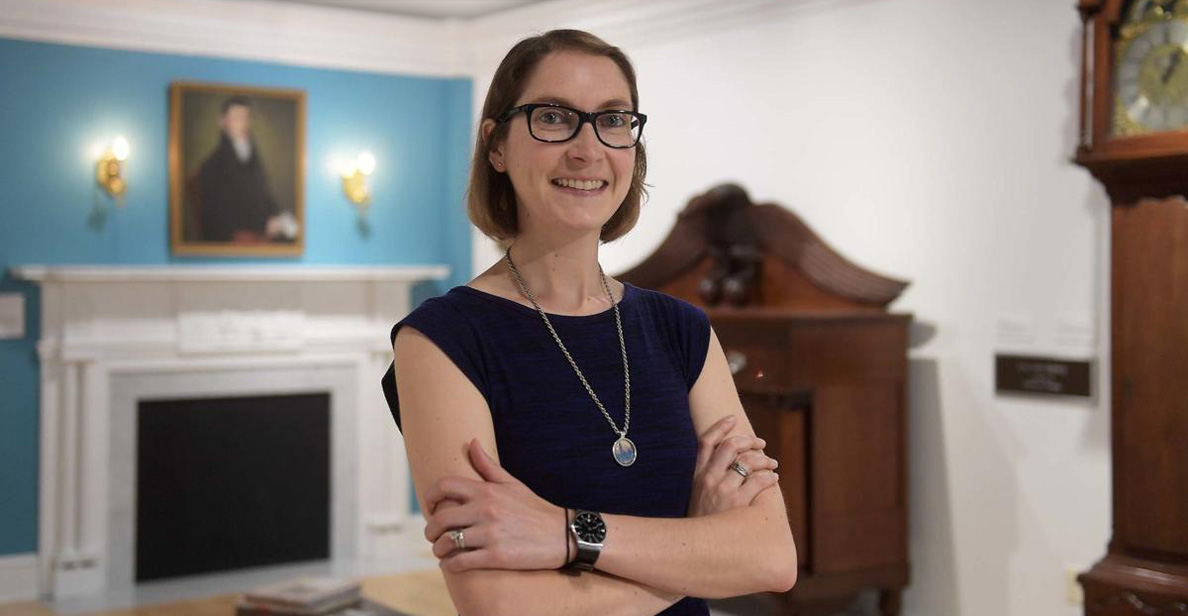
Deep into the COVID-19 pandemic in the spring of 2020, Rokeby Museum embarked on a national search for a new director. Over ninety applications later, the search committee identified an exceptionally large pool of highly qualified candidates, eleven of whom we interviewed. Encompassing many Zoom interviews, some distanced presentations, and various quarantines, the process was lengthy but we were undaunted. Now we are thrilled to announce that Lindsay Houpt-Varner, PhD, will lead Rokeby as its first full-time director.
Read MoreTogether We Make a Difference
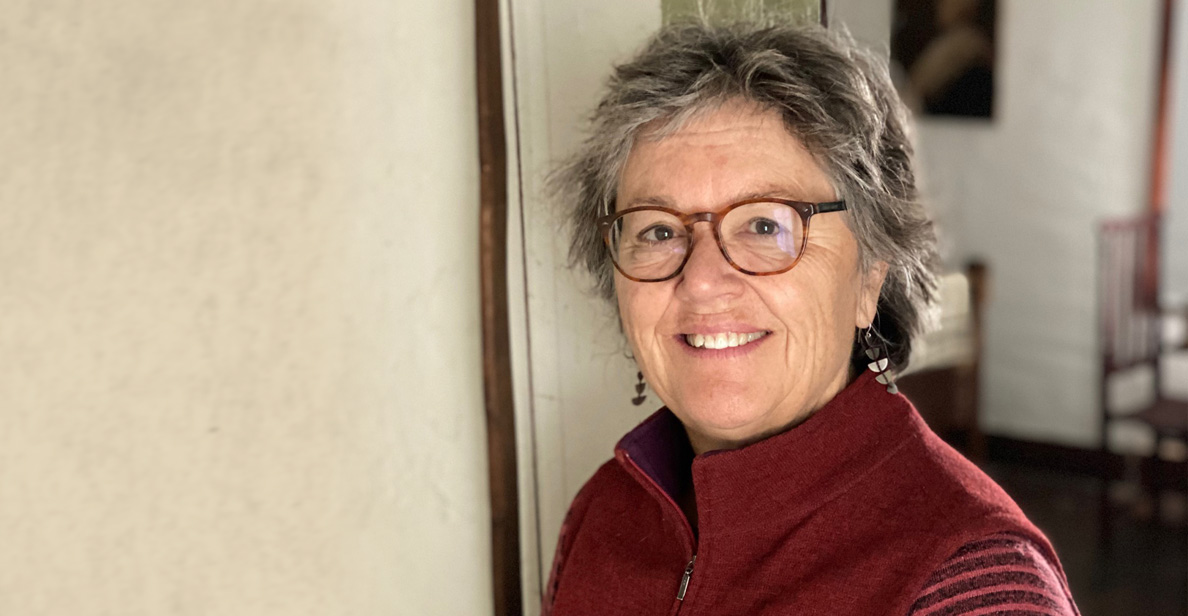
by Catherine Brooks, Rokeby Museum Director
It was about three years ago to the day when I sat at a picnic table with other Rokeby board members discussing our next move. Museum director Jane Williamson had announced her wish to retire, but our first round of interviews had not produced a candidate able to accept our offer.
Parallel to this, and unrelated, I was alarmed and overwhelmed by what I saw and read of increased division and discourse in the public arena. Differences of opinion in policy and politics is what democracy is all about, but what was becoming clear was that the pitched voices 1. weren’t listening to one another, and 2. represented just the tip of an unstable iceberg. Beneath the waterline, I feared a monolith built on failures in education, opportunity, and engagement.
Read MoreRokeby Museum Distance Drawing Course — Week 4: From Life
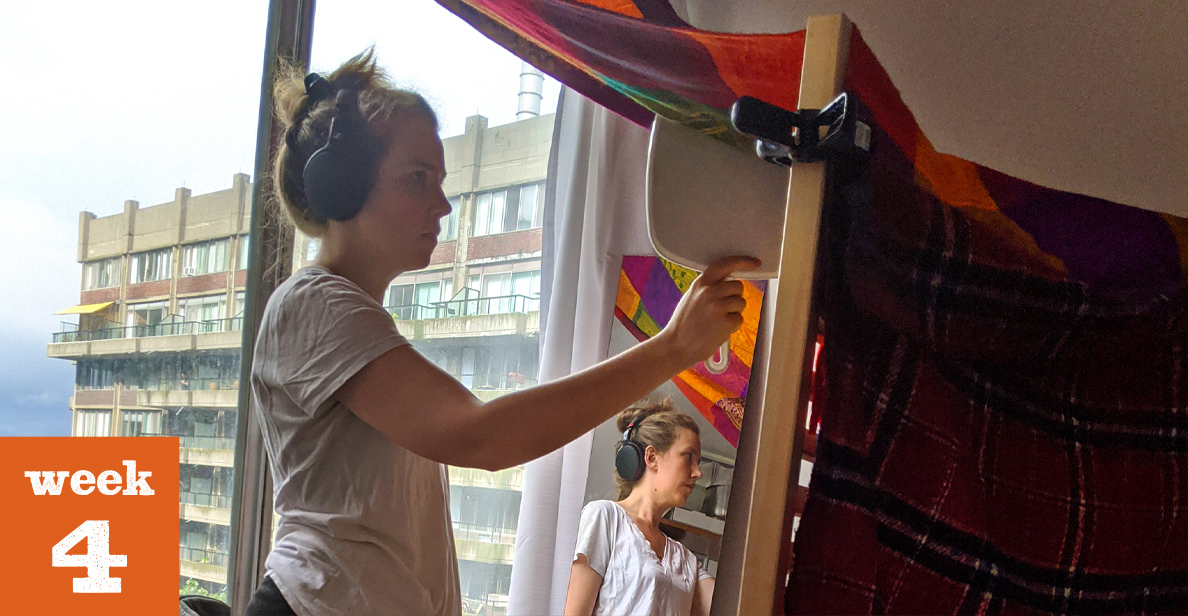
WEEK 1 | WEEK 2 | WEEK 3 | WEEK 4 | WEEK 5 | WEEK 6
Inspired by Rachael Robinson Elmer (1878–1919) and taught by Courtney Clinton, Rokeby Artist in Residence
Dear Student,
Courtney Clinton here, Artist in Residence at Rokeby Museum. I’m writing to you from a blanket fort that I built especially for this lesson!
The experience of art school is especially hard to translate into online learning and I can imagine the disappointment artists must be feeling this September. In this week’s lesson my aim is to build on our ongoing discussion around self directed learning and hopefully provide a little optimism.
Thanks to the support of Allison Gregory, Education and Interpretation Fellow, I have been exploring the museum’s collection of art by the 19th century illustrator, Rachael Robinson Elmer (1878–1919). I am using this material to research and activate the letters from a historic correspondence drawing course that Rachael took as a teenager.
This week we are going to do our first self-portrait! Building on our Copying Lesson, I will show you how a drawing by a favorite artist can play the role of your teacher and guide you in your drawing process.
I’m going to show you how to draw a self portrait in profile using a wacky two mirror set up. If you prefer to keep the set up simple you can also do a three-quarter self-portrait (which only requires one mirror). Both versions are equally valuable exercises, but by showing you the more complicated profile version, I hope to prove that there are no limits to what we can accomplish on our own with a little courage.
Read MoreThe Jagged Edges of Progress
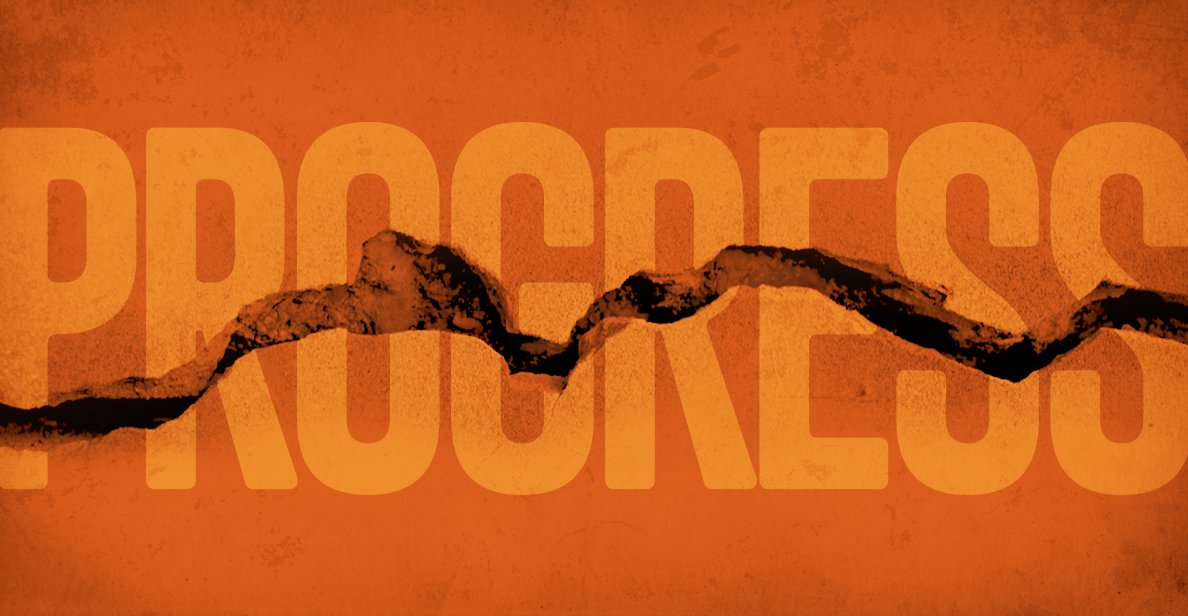
by Elise A. Guyette, Ed.D., Rokeby Museum Trustee
Part I (1776–1870)
“Disillusionment inevitably follows each moment of heightened hopes and expectations by people of color.”
— Elizabeth R. Bethel, Historian
The truth of Bethel’s assertion can be seen through the generations of the Robinson family who first migrated from England to Rhode Island, where the slave trade was dominant in the 18th century, especially in Narragansett County where the Robinsons settled. They operated a large plantation worked by enslaved peoples. Those who migrated to Vermont were devout Quakers, who had come to eschew slavery, and they established their farm at Rokeby in Ferrisburgh, VT. They and their descendants lived there from the 1790s to the 1960s.
The inhabitants of the house lived through points of heightened hopes for African descended people such as the Revolution, emancipation, and a renewed interest in civil rights for all. They also lived through violent backlashes against people of color evidenced by scientific racism, the violence of Reconstruction, and the establishment of a prison-industrial complex.
This article, in three parts, explores those high and low points as well as the tentacles of that history that reach into the present.
Read More Rokeby Museum
Rokeby Museum

